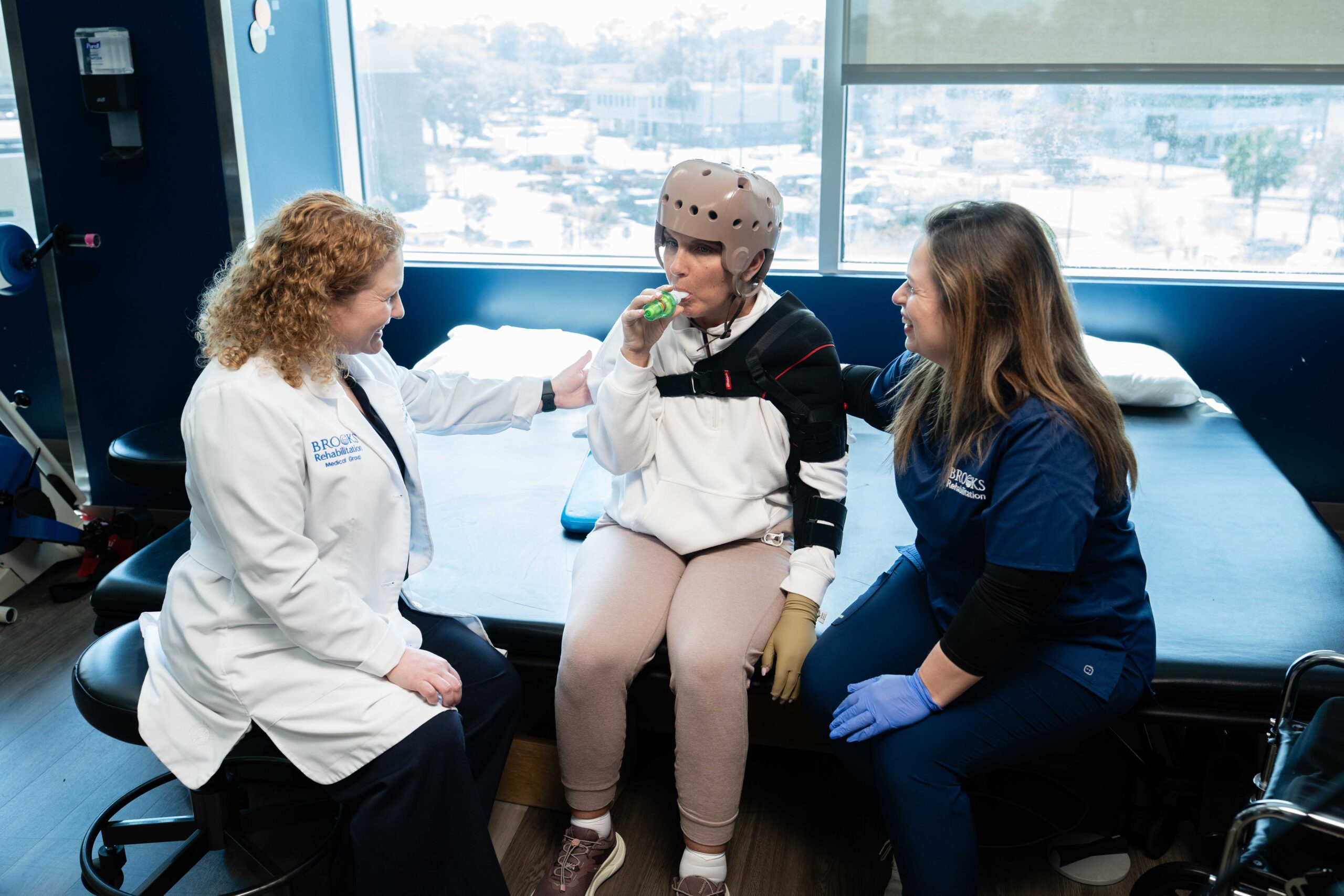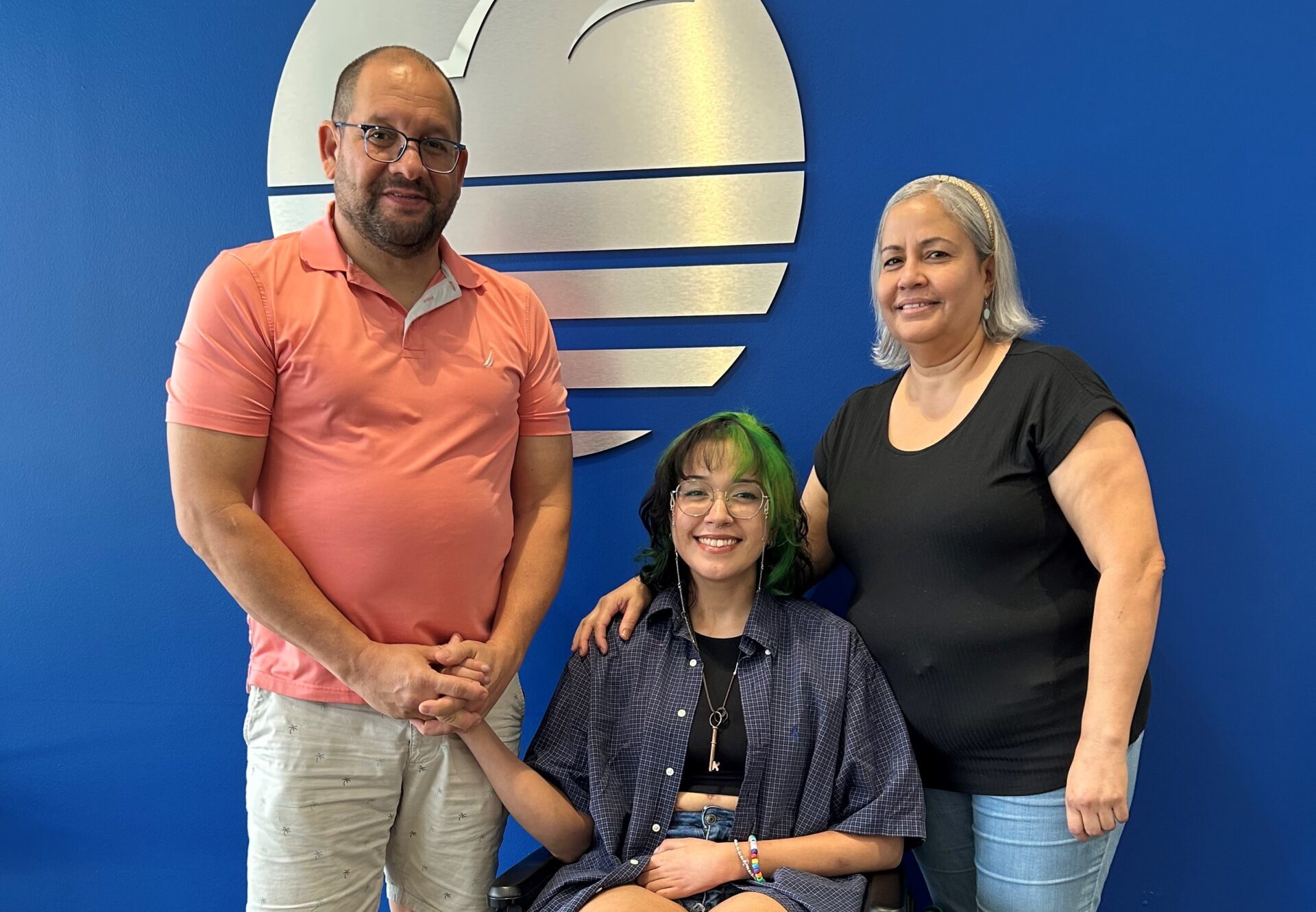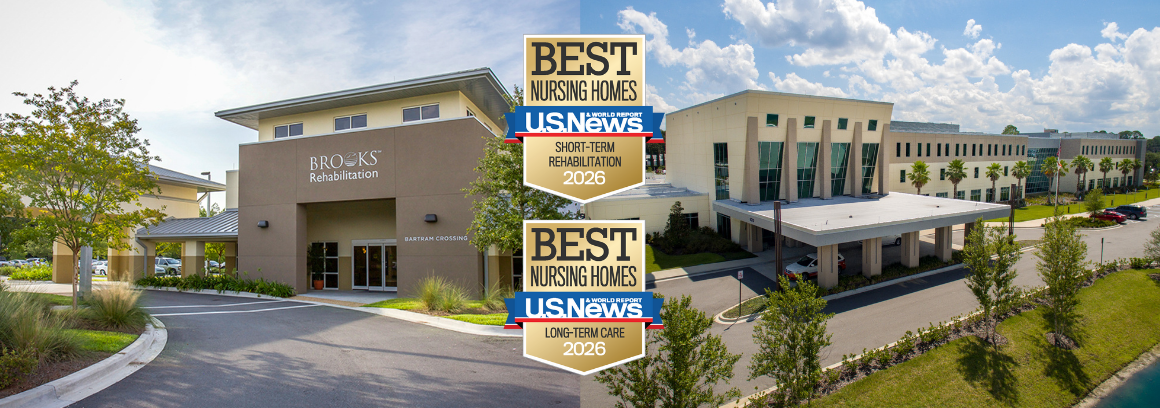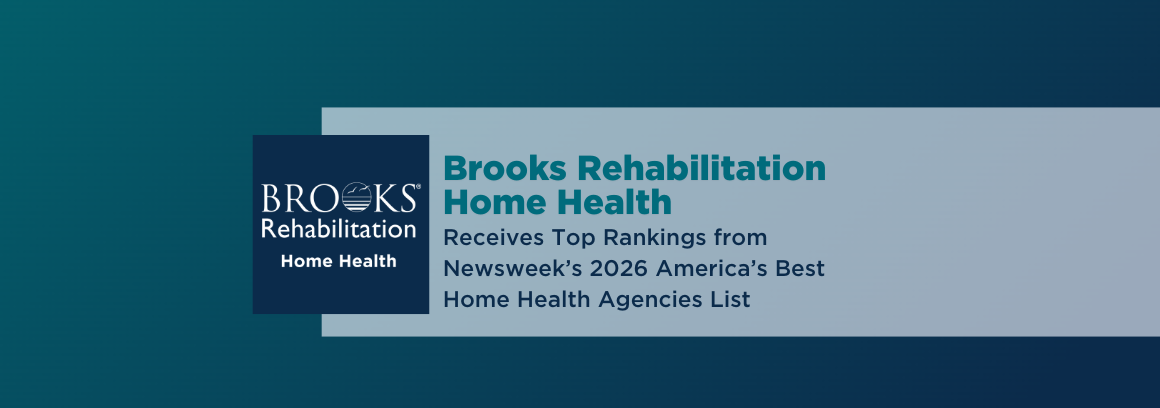Condition Overview
Stroke occurs when there is a disruption of blood flow to the brain. It may be due to a burst artery that causes a brain bleed (hemorrhagic stroke) or a clogged artery (ischemic stroke). Any stroke is a medical emergency because it can quickly lead to severe, possibly irreversible, damage.
What Causes Stroke?
Some individuals may have abnormalities of the blood vessels, like an aneurysm or arteriovenous malformation (AVM), that can lead to stroke. Certain medical conditions and lifestyle factors can increase your stroke risk, including:
- Diabetes
- Excessive alcohol use
- Heart disease or irregular heart rhythms
- High blood pressure
- High cholesterol
- Obesity or lack of physical activity
- Smoking or tobacco use
Some risk factors are beyond our control, like age and family history. While stroke is more common in older adults, it can happen at any age.
Stroke Symptoms
Use the acronym BE FAST to recognize the signs of stroke:
- B = Balance: Loss of balance or coordination
- E = Eyes: Blurred, double or loss of vision in one or both eyes
- F = Face: One side of the face droops, feels numb or doesn’t move when smiling
- A = Arms: One arm is weak or numb and may drift downward when both are raised
- S = Speech: Slurred speech, an inability to speak clearly or repeat a simple phrase
- T = Time to call 911: If you notice any of these symptoms, even briefly, call 911 and get medical help right away
How Is Stroke Treated?
Treatment starts with emergency care to restore blood flow or stop bleeding in the brain. For ischemic strokes, doctors may use clot-busting medication or a procedure to remove the blockage. Hemorrhagic strokes may be treated with medication or surgery. The treatment of hemorrhagic strokes will vary depending on the underlying cause. Some patients require interventional procedures or surgeries to address an abnormality in the blood vessels.
Long-Term Effects of Stroke
Even with successful treatment, you may experience ongoing effects of stroke, such as
- Challenges with balance and coordination
- Cognitive changes affecting memory, attention or problem-solving
- Difficulty swallowing
- Fatigue
- Mood swings, anxiety or depression
- Muscle weakness or paralysis
- Trouble speaking or understanding others
- Vision loss
Rehabilitation After Stroke
Brooks is home to a world-class stroke rehabilitation program. Our team of experts tailors physical, occupational and speech therapy to your unique needs.
You’ll also find specialized services supporting wellness and that ease the transition back to daily life. Offerings include:
- Cognitive therapy improves issues affecting memory, attention and social behavior.
- Driver evaluation and training help determine whether you can safely return to driving.
- Low-vision rehabilitation teaches you how to perform daily tasks in ways that are safer for people with vision issues.
- Spasticity management includes a variety of treatments to ease unusual muscle stiffness.
- Wheelchair clinic offers fitting and training to help you get the most out of your device.
Why Choose Brooks for Stroke Rehabilitation?
Brooks has all the services and expertise you may need after a stroke. From intensive inpatient care to lifelong support, our comprehensive stroke rehabilitation program is here for you at every stage of recovery.
Highlights of our program include:
- Expert-led care: Physical medicine and rehabilitation doctors specializing in brain injury rehabilitation and neuropsychologists who help address cognitive changes guide your care. Therapists have additional training in neurorehabilitation and understand how stroke affects both the brain and body.
- Advanced technology: Brooks uses innovative equipment to support your recovery, including the Cyberdyne HAL exoskeleton and the ZeroG body-weight support system. Our therapists are specially trained to incorporate them into your therapy in ways that are appropriate for your goals and abilities. Learn more about our neuro recovery centers.
- Medical monitoring: If you have medical conditions like high blood pressure or diabetes, you may need extra care during rehabilitation. At Brooks, additional doctors and nurses help manage these conditions while you are with us.
- Ongoing access to care: Stroke recovery isn’t always a straight path. If, after rehabilitation is complete, you experience a setback, new long-term effects or other challenges, our team is here for you. You may be eligible to return to Brooks for therapy to help you feel comfortable and engaged in daily life again.
FAQs About Stroke
What is stroke rehabilitation and why is it important?
Stroke rehabilitation helps you recover skills and abilities that may have been affected by the stroke. These include walking, speaking or taking care of yourself. It’s an important part of recovery because it helps you regain as much independence as possible.
How soon should stroke rehab begin after a stroke?
Rehabilitation usually starts in the hospital as soon as you’re medically stable, which is often within the first few days. This early start gives you a better chance of achieving your goals. It also helps lay a foundation for the more comprehensive therapies available at Brooks.
What’s the difference between inpatient and outpatient stroke rehabilitation?
At Brooks, stroke rehabilitation often starts with inpatient care, where you stay at our hospital and receive daily therapy and medical support. Some people continue their recovery with outpatient therapy several times a week at one of our clinics.
Request Care at Brooks
Our comprehensive approach to stroke rehabilitation combines world-class therapies, cutting-edge technology, personalized treatment plans, expert clinicians and a variety of care settings to meet stroke patients exactly where they are in their recovery journey.Latest News and Health Resources
Education and guidance to support your recovery
From Immobility to Possibility: Izzy’s Determination to Reclaim Her Creative Life Following Transverse Myelitis
Last Christmas was supposed to be a time of joy and celebration for Isabel “Izzy” Quezada. Instead, what began as a common case of influenza A would challenge everything she...




